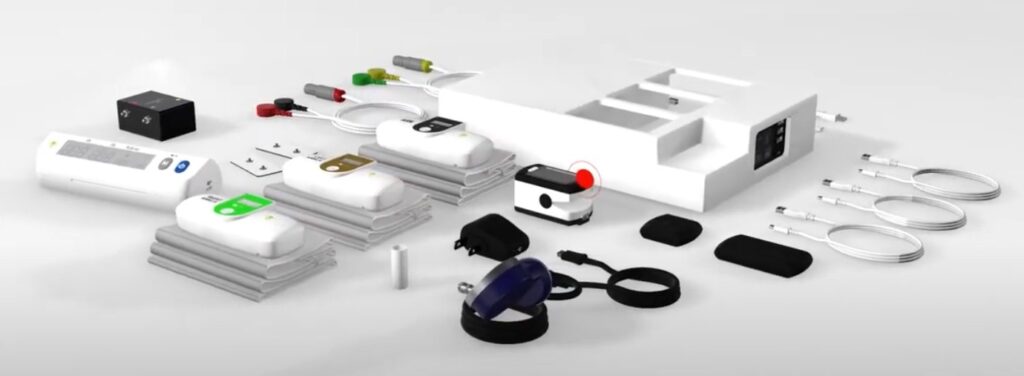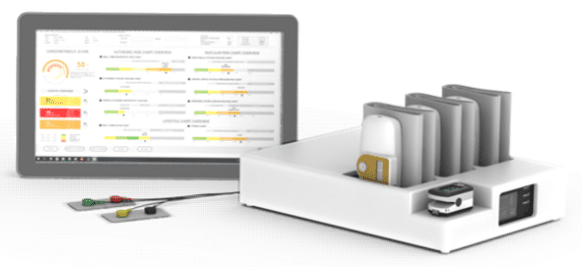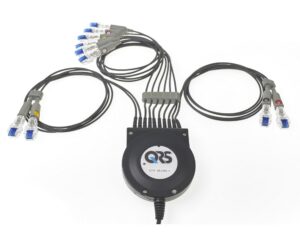Autonomic Nervous System Testing Equipment
TM Flow System

- The TM Flow System is a user-friendly, non-invasive 7-10 minute diagnostic test
- The results are easy to interpret
- Perform and bill for 3 CPT codes
- The average Medicare Reimbursement is $300
We offer flexible financing on the TM Flow System



TM Flow System
Autonomic & Vascular Function Assessments
TM Flow System is a non-invasive autonomic nervous system test that takes around 7 to 10 minutes. The ANS testing machine produces provider reports, as well as patient wellness reports.
The cost per TM Flow test is $2.50 and reimbursement for TM Flow Testing averages $300. Only 3 patients per month to break even on lease.
Bill for CPT Code 95921, 95923 and 93922
Who can benefit from ANS Testing or the TM Flow Test?
Patients with symptoms of Autonomic Neuropathy or Peripheral Arterial Disease can benefit from the TM Flow Test. This test is a simple, non-invasive procedure that has been shown to be highly accurate in diagnosing these conditions and may lead to life-saving treatment options.
The American Diabetes Association recommends that all patients and people with type 1 diabetes be tested for autonomic dysfunction at the time of diagnosis, as well as 5 years after.
From American Heart Association (AHA) ABI testing is recommended for all patients over 50 with Diabetes, hypertension, high LDL cholesterol or smokers, and everyone over 70.
Primary Care Diagnostics offers flexible financing options to meet your needs. Contact us for more information about ANS Testing Equipment.
Autonomic Nervous System Testing Equipment Read More »
